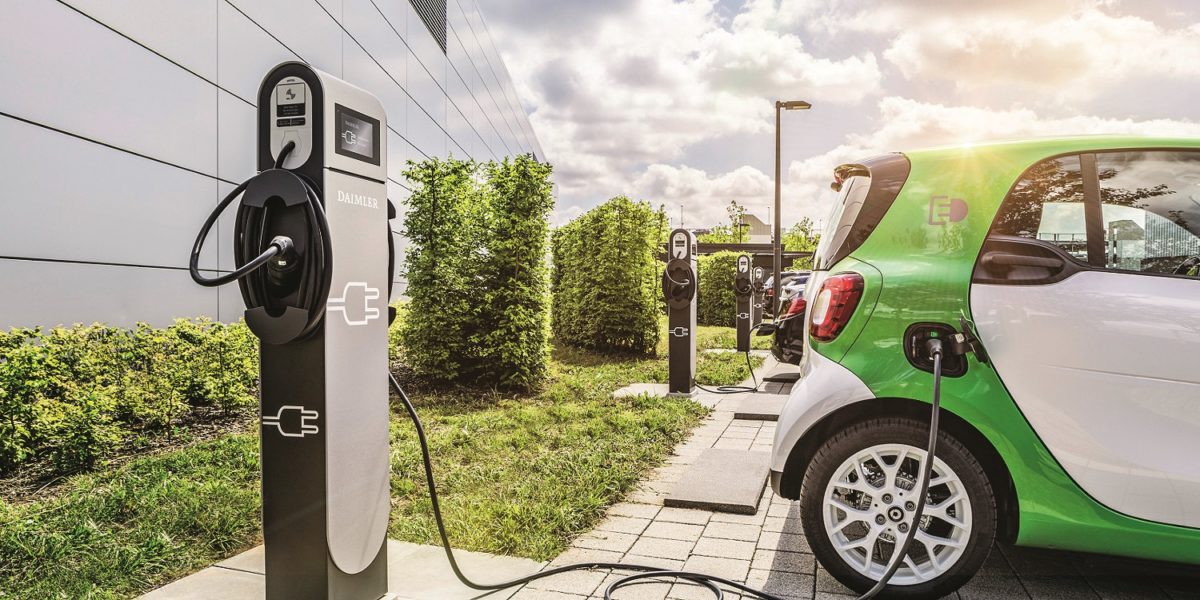EV charging station design is a critical aspect of supporting the growing adoption of electric vehicles (EVs). A well-designed charging station ensures that users have access to reliable, efficient, and convenient charging options, whether at home, work, or public locations. The design process involves several key considerations, including location, power requirements, user accessibility, and future scalability.
Location is paramount; stations should be placed in areas with high EV traffic, such as urban centers, shopping malls, and along highways. The site should have adequate space for vehicles to park and charge comfortably without obstructing other traffic. Additionally, visibility and safety are important—stations should be well-lit and easy to locate.
Power requirements vary depending on the type of charging station. Level 1 chargers are suitable for home use, providing a slow charge via a standard 120V outlet. Level 2 chargers, commonly found in public and workplace settings, offer faster charging using a 240V connection. For rapid charging, DC fast chargers are ideal, providing a significant charge in a short amount of time, but they require more substantial power infrastructure.
User accessibility involves designing the station to accommodate all users, including those with disabilities. This includes proper signage, clear instructions, and an intuitive payment system.
Finally, future scalability is essential, as the number of EVs on the road continues to grow. Designers should plan for the potential expansion of charging stations, including the ability to upgrade to faster chargers or add more units as demand increases.
A thoughtfully designed EV charging station enhances the user experience, supports the EV ecosystem, and contributes to the broader goal of reducing carbon emissions.






Comments